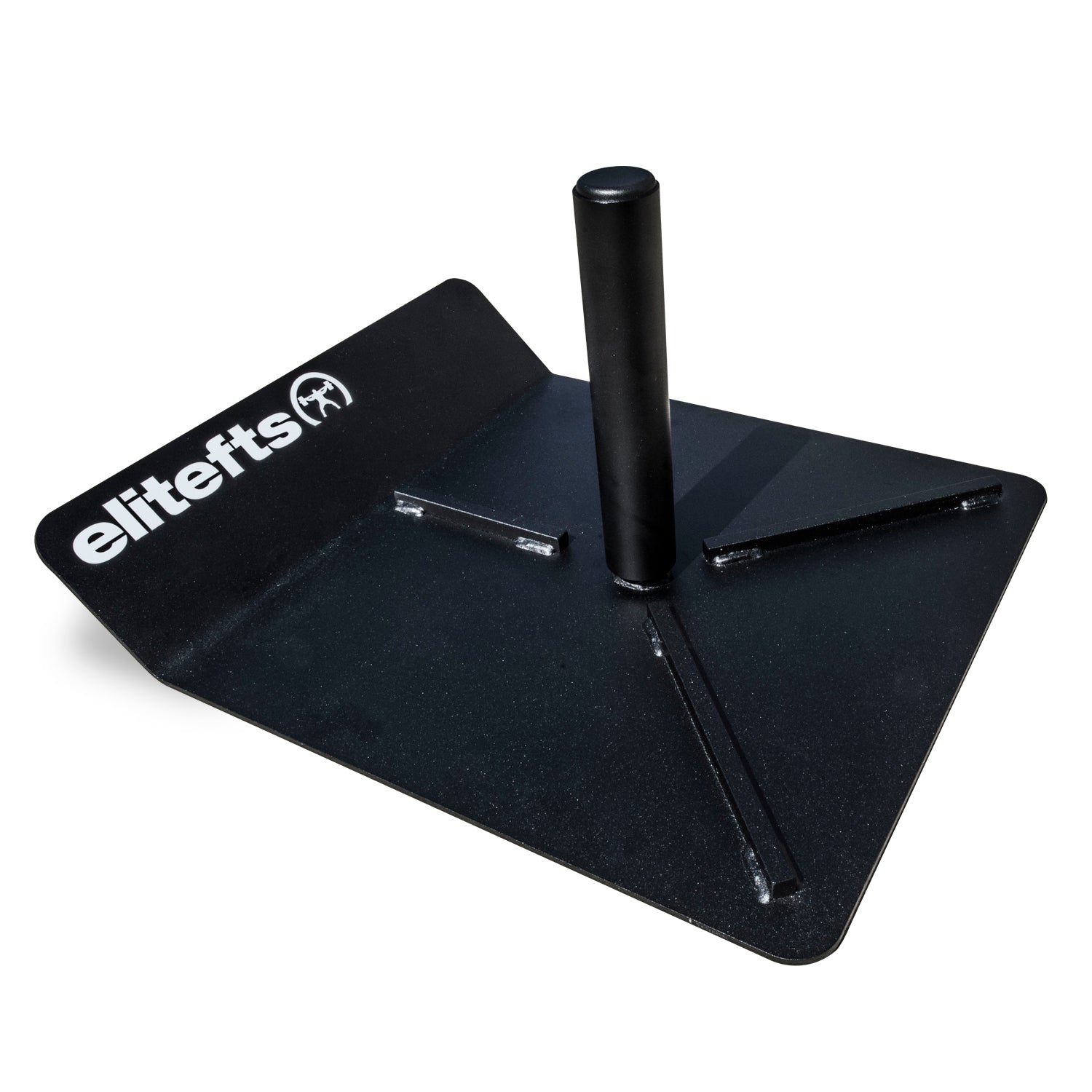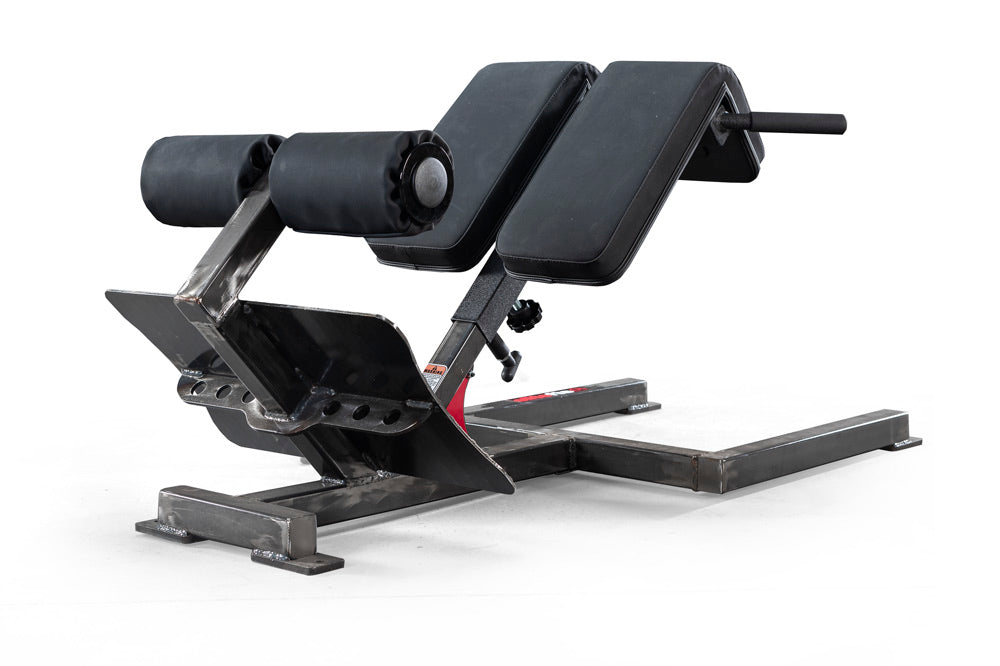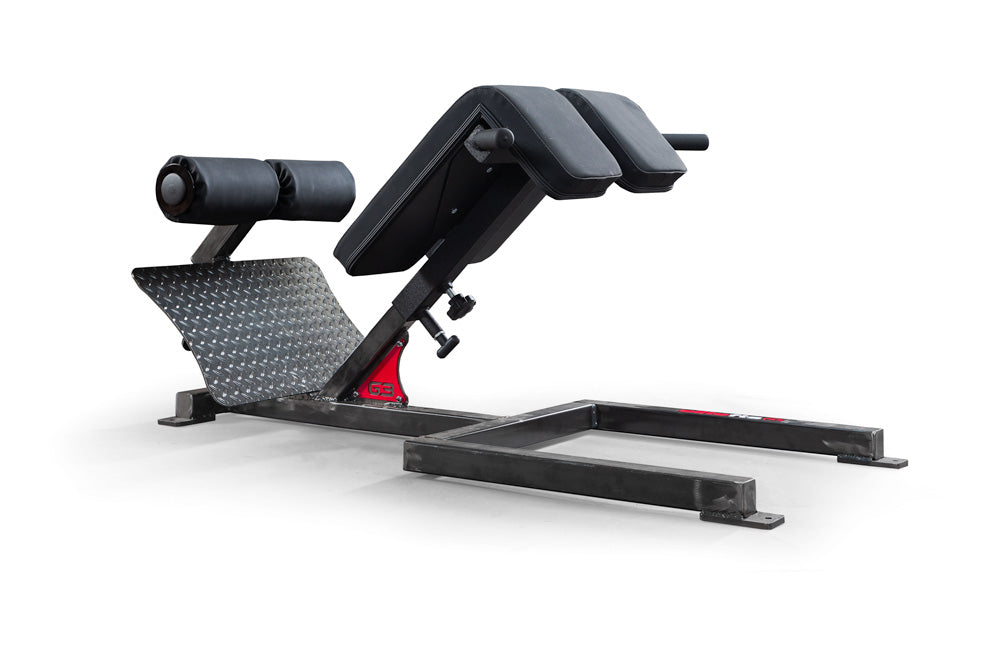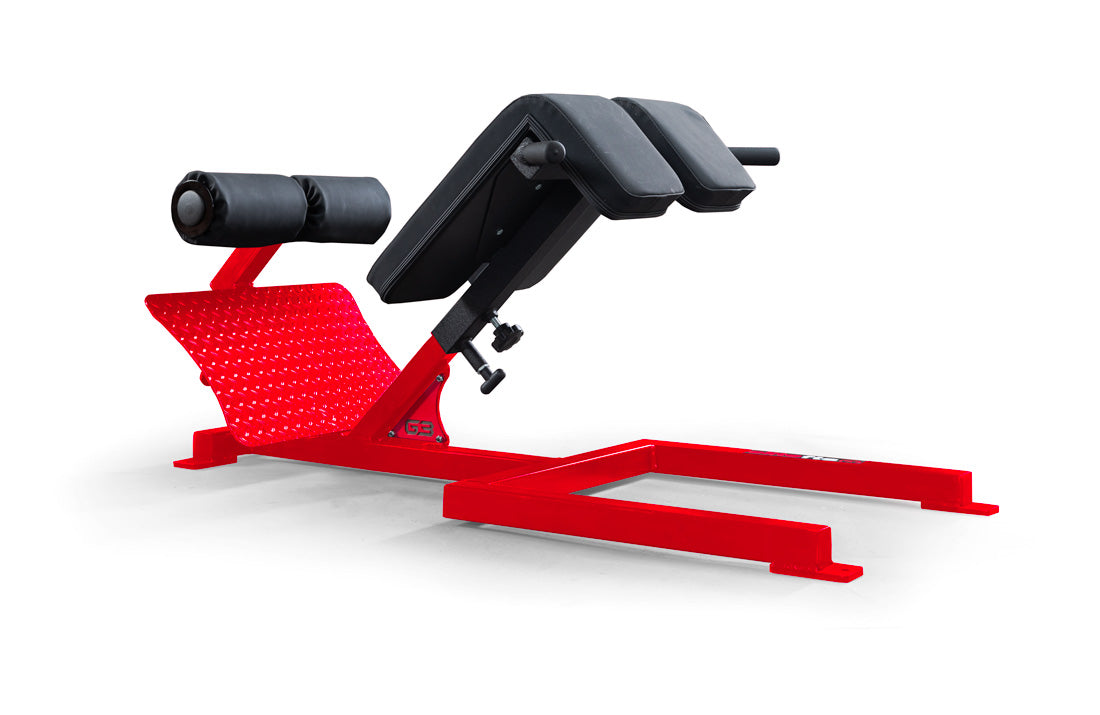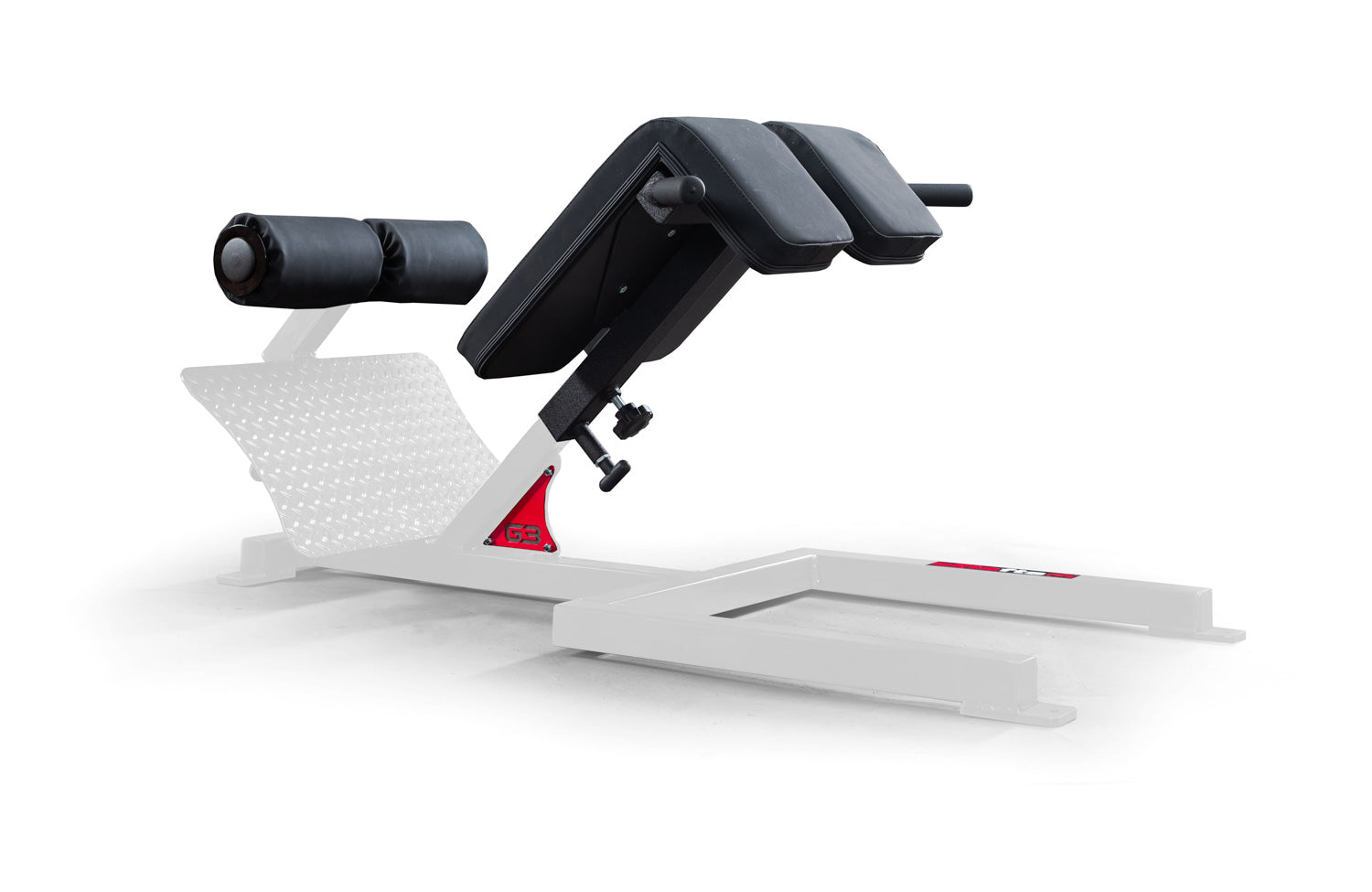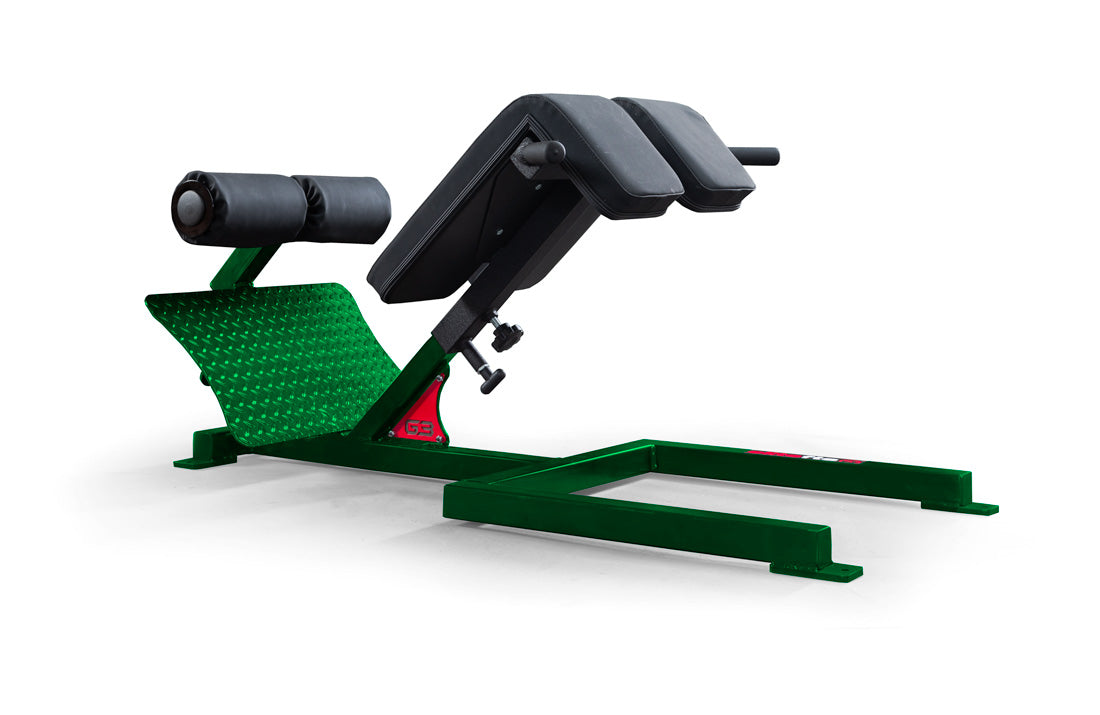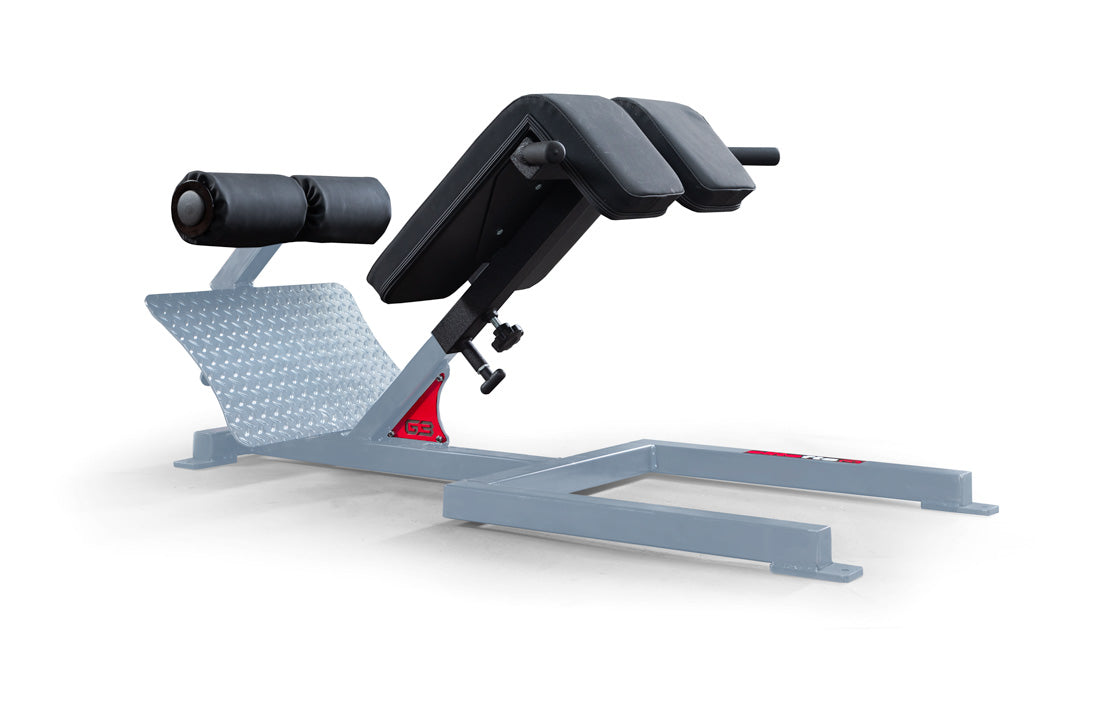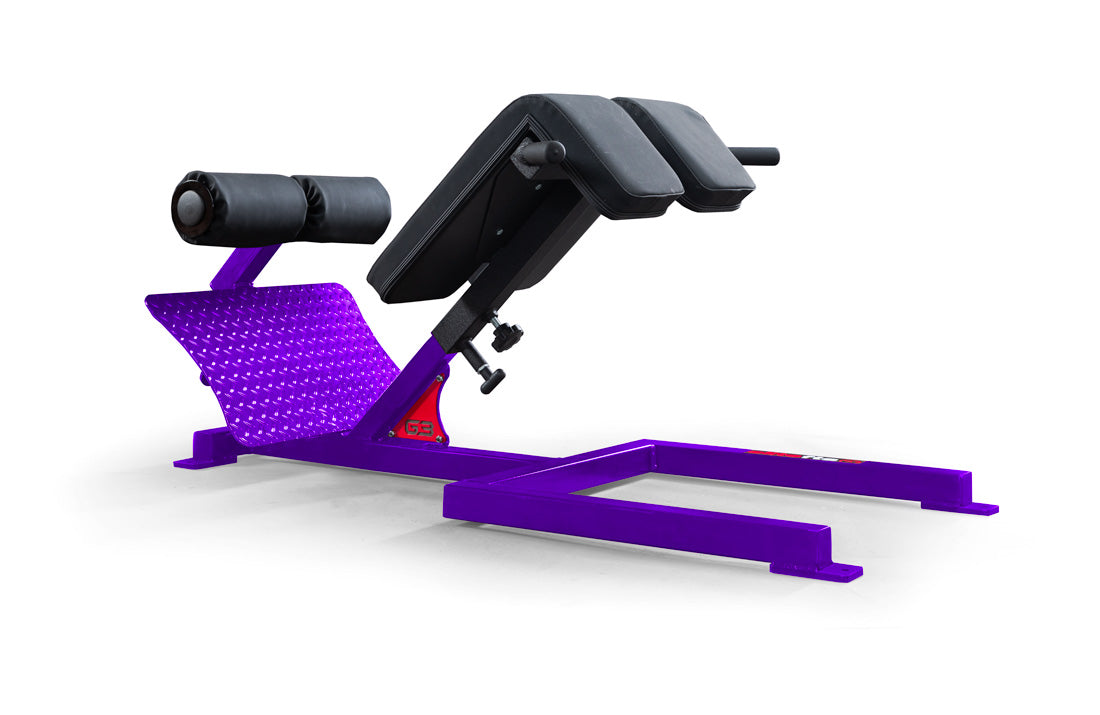They Are Not Angry Birds, I’ll be sharing my hands-on approach to programming and training for a child with Autism. I’m currently creating the ‘Sheena Manual’ because tonight I referred to rule No. 47: When Sheena’s shoulder is slightly tweaked from benching, she cannot crawl underneath tables. Blaine then referred to his manual, rule No.97 stating, “Sheena must do whatever Blaine says.” This was the first night that I pulled a number from my manual. Up till this point Blaine has, more than once, reminded me of his rules. It caught him off guard, but made him laugh, as he insisted that I did not have a manual. I told him that I’d show him tomorrow in the office as proof. “Like first thing in the morning, you’ll have it ready to show me?” he asked. “First thing in the morning, you’ll have it in your hands,” I told him. Along with creating a rule manual, Blaine and I have created and incorporated many exercises in these past nine weeks. Although the core of these exercises aren’t entirely new or rocket science, it’s their approach that makes them inviting for children and something they want to do. These exercises are intended to strengthen and correct movement, while keeping things challenging, fun, and interesting. Using some basic
equipment from elitefts™, here are four easy and inexpensive ways to make typical exercises child-friendly. These exercises can be part of an
exercise schedule, something similar to what I create for Blaine, or performed as single activities spread over a week or month’s time. Depending on the child and his or abilities, modify as needed.
1. Silly Sandbag Measure and Carry
Equipment Needed
Silly bands, Sand,Sandbag,
Scale,
Cones
Application
Together: 1. Begin by mixing silly bands within sand in the main holding bin. 2. Specify how many pounds of sand the sandbag will hold. 3. Locate the empty sandbag inserts. 4. Fill each insert with sand to its maximum capacity. 5. Measure each insert using a scale to check weight. 6. Once the bag is stuffed with the weighted inserts, begin the carry. 7. For the carry, specify the distance and have the course labeled with cones. 8. Once he or she carries the bag across the desired distance, switch roles. Therefore, instead of carrying the sandbag back to the original starting position, carry the child back.Purpose
Handling and transferring sand from one location to another is great for grip and fine motor work. Adding silly bands makes this transfer fun and adds expectancy and surprise. Including the measuring and weighing aspect provides an opportunity to incorporate problem solving, estimation, subtraction, and addition skills. Because Blaine is in tune with how much he weighs, he commonly computes how much he weighs while holding the sandbag. We’ll then check his math by standing on the scale with the sandbag in hand. Carrying the bag will again increase grip strength and improve overall strength and endurance while moving. Sharing the load after the child completes the carry is motivating for the child in two ways: 1) The child will perceive it to be fair by seeing you exert the same amount of effort, and 2) This is also a great time to model form, intensity, and attitude while completing a set. Blaine, in particular, loves piggyback rides back to the original starting point. There are times he creates a new course for me to follow (twice as long) while he is on my back.2. Weighted Tic-Tac-Toe
Equipment Needed
Gym Chalk,
Medballs,
Kettlebells
Application
1. With gym chalk, create a 3x3 grid on an outside or gym floor surface. Using actual objects as markers, will force the game piece (chalk and concrete) to use a significant amount of space (approximately 10x10 feet). 2. Amongst the two of you, decide who will be X and who will be O. 3. Collect your pieces (medballs and kettlebells) and place them aside the game piece. 4. Taking turns, the player who successfully places three respective “marks” in a horizontal, vertical, or diagonal row wins the game.
Purpose
A great way to make Tic-Tac-Toe strength-based and action-packed is to have the Xs and Os be medballs and kettlebells. We commonly incorporate these X and O challenges during our rest periods between sprint intervals, prowler pushes, and/or sandbag carries. A game that once had us sitting and inactive, now has us bending over, squatting, pulling, and pressing. Progressively increase the loads in future challenges. Enjoy the conversation this game creates, as well.3. Angry Bird Hangs
Equipment Needed
Chin Bar, Stuffed Angry Birds
Application
1. If necessary, place a bench underneath the chin bar to aid in reaching the bar. 2. With a solid grip, the child will grip the bar, straighten arms and legs, and hang. 3. The partner will make sure to have at least 7-10 Angry Birds in a bin nearby. Standing at least eight feet away, he or she will aim and throw each bird to the chest, stomach, and legs of the hanger. Note: Stuffed Angry Birds are soft and plush. 4. Communicate that the goal of the game is to have every Angry Bird fired before the hanger can return to solid ground. Over time, use more Angry Birds.Purpose
Before this variation came forth, Blaine stated that he wasn’t strong enough to hold onto a chin bar. Weeks prior to this on the schedule, we eased into this by using the assisted pullup machine where we’d hang for time, do pullups, and dips. There was no doubt in mind that he wasn’t strong enough to hang and hold his grip to support his body weight. After a short yet firm, “You’re strong enough for this,” Blaine gripped the chin bar as that was my cue to start firing the angry birds at him. The goal of the game is to have all the Angry Birds “fired” before grip fails. He became so preoccupied about the Angry Birds hitting his stomach and chest that he totally forgot about his “weak” grip. After his turn, I was up. Blaine changed one variable of the game by rolling each Angry Bird into the chalk bowl. I too was more focused on eating a chalked-up Angry Bird, that my grip stayed strong, as well. Clearly, Blaine had no interest in hanging on a chin bar without any assistance. Despite his grip and back strength improving consistently up to that point, he perceived this movement to be strenuous, a feat for which he was too weak. Adding in other variables and chunking a specific amount of time to hang, allowed this progression to be successful.4. Brass Ball Holds
Equipment Needed
Iron Shot,
Stopwatch














